Junkyard Find: 1994 Oldsmobile Ninety-Eight Regency Elite

The very last generation of Olds 98 was the most distinctive-looking of any of the 98s built since the early 1970s. Though it was related to a number of Buicks and Cadillacs of the era, the 1991-96 Ninety-Eight had the kind of Oldsmobility that traditional (i.e., those who remembered the Lindbergh Kidnapping) Olds buyers weren’t going to find in those weird-looking Auroras.
The Ninety-Eight Touring got the supercharged engine, while the Ninety-Eight Regency got seating for six passengers and extra-cushy Detroit luxury. The Regency Elite was, well, elite.
One glance tells you that this car would be an excellent machine for a 2,500-mile road trip.
I suspect that these door-mounted seat controls suffered from more than their share of electrical glitches, but they look cool.
Yes, rear drum brakes just six years before the dawn of the 21st century.
Front-wheel drive was actually a good idea for this sort of luxury machine, due to all the extra interior space you get, but it’s too bad GM didn’t see fit to make a version of this car with the Aurora-ized Northstar engine instead of the not-so-smooth Buick V6.

Murilee Martin is the pen name of Phil Greden, a writer who has lived in Minnesota, California, Georgia and (now) Colorado. He has toiled at copywriting, technical writing, junkmail writing, fiction writing and now automotive writing. He has owned many terrible vehicles and some good ones. He spends a great deal of time in self-service junkyards. These days, he writes for publications including Autoweek, Autoblog, Hagerty, The Truth About Cars and Capital One.
More by Murilee Martin
Latest Car Reviews
Read moreLatest Product Reviews
Read moreRecent Comments
- Lou_BC Let me see. Humans are fallible. They can be very greedy. Politicians sell to the highest bidder. What could go wrong?
- SPPPP Vibrant color 9 times out of 10 for me. There may be a few shapes that look just right in metallic gray, for example. There are a few nices ones out there. And I like VW "White Silver". But I'd usually prefer a deep red or a vibrant metallic green. Or a bright blue.
- 28-Cars-Later Say it ain't so, so reboot #6* isn't going to change anything?[list=1][*]V4-6-8 and High "Tech" 4100.[/*][*]Front wheel drive sooooo modern.[/*][*]NOrthSTARt.[/*][*]Catera wooooo.[/*][*]ATS all the things.[/*][*]We're *are* your daddy's Tesla. [/*][/list=1]
- MaintenanceCosts Can I have the hybrid powertrains and packaging of the RAV4 Hybrid or Prime with the interior materials, design, and build quality of the Mazda?
- ToolGuy I have 2 podcasts to listen to before commenting, stop rushing my homework.


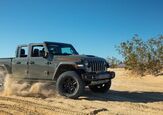

























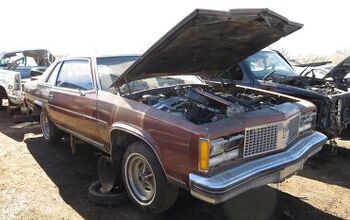
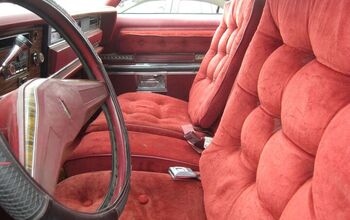
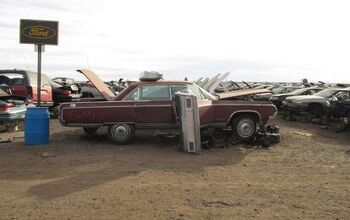
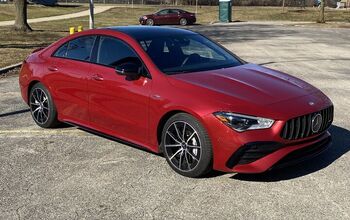
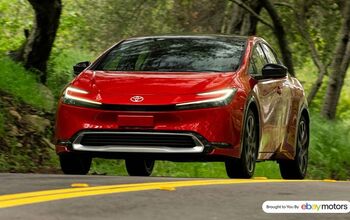

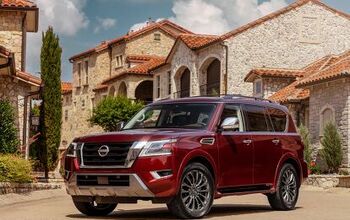

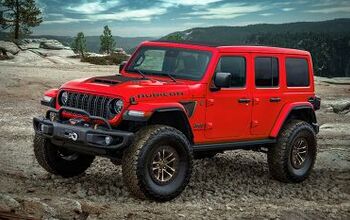
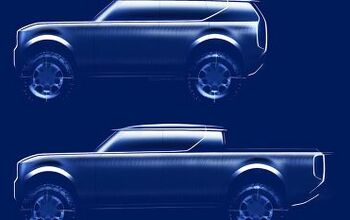
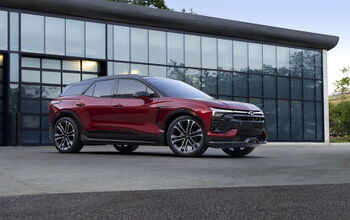
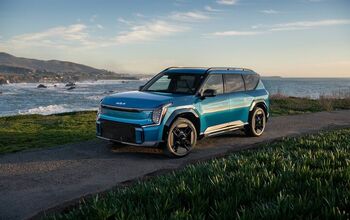


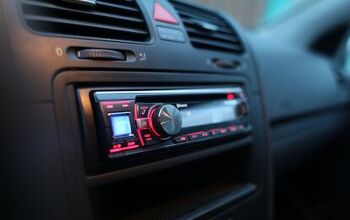
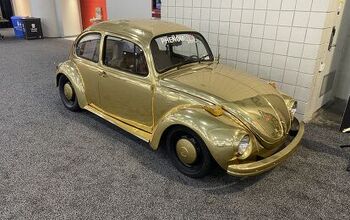
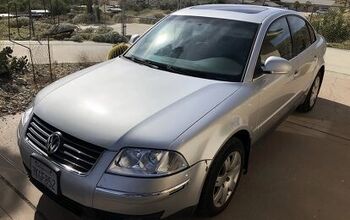

Comments
Join the conversation
"Cash for Clunkers killed a lot of these off." Mostly old SUV's, dealers here had them lined up and a local bone yard had them with "CFC" spray painted. Not a lot of actual cars. These are disappearing from Chicago low income areas, as the sands pass through the hourglass and younger generations looks at them as old fartmobiles. Chrysler LX cars and old Altimas, Galants, and Camrys at BHPH and Currancy Exchanges getting temps.
I remember this car clearly. My grandma had one; a '91 Regency Elite in brown that she bought new. That thing was the most comfortable machine I'd ever ridden in. And bulletproof, the only time she took it to a repair shop was when some dickhead in a Contour smashed it up. I recall she made it to 210k before selling it last year for a DTS. Wish I could have taken it, it was running brilliantly. Still see it floating around occasionly. They seem to hold up really well where I live.